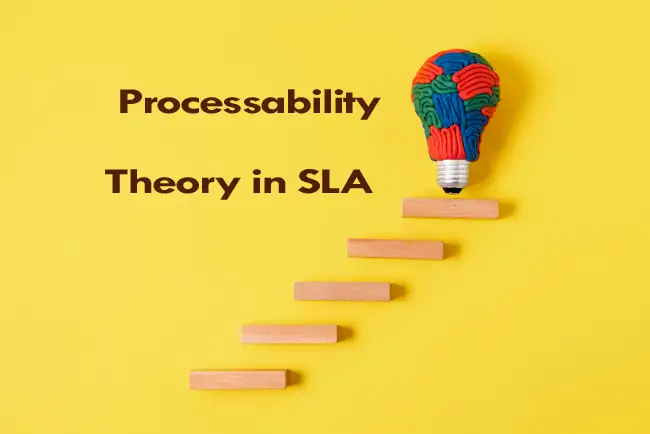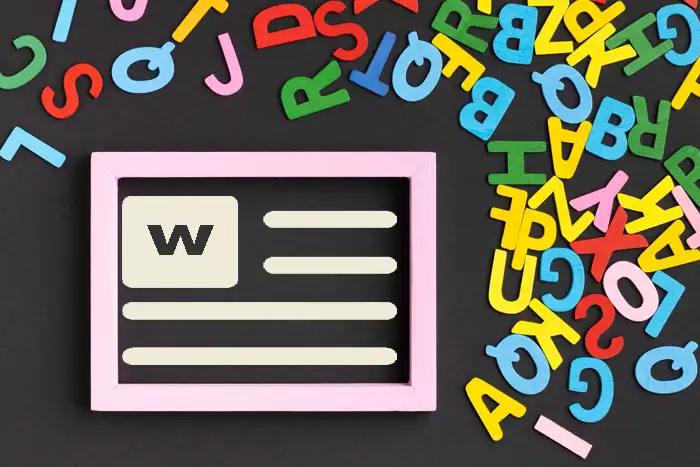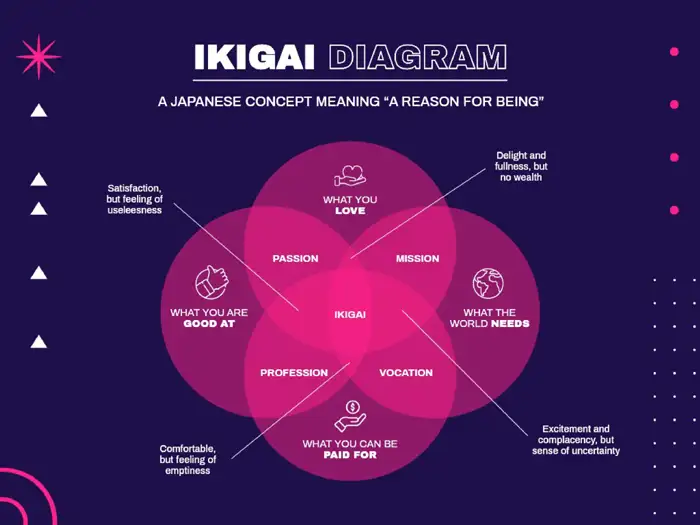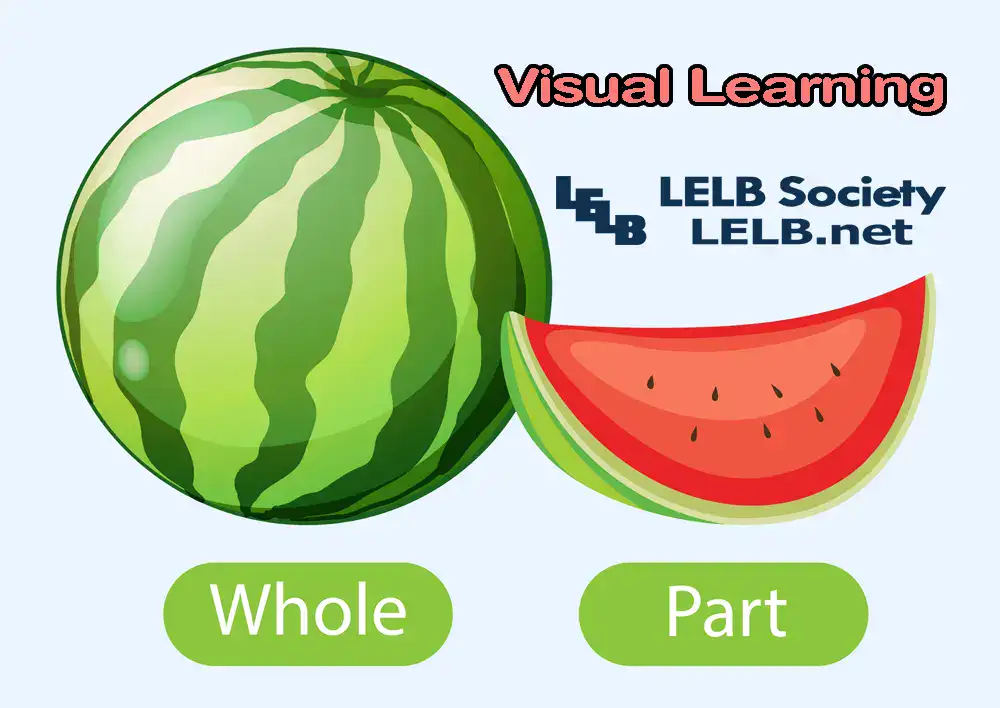Processability theory in SLA written by Dr. Mohammad Hossein Hariri Asl with a videotaped lecture narrated by the author.
Author: Dr. Mohammad Hossein Hariri Asl
Watch this video on processability theory in SLA
Processability theory in SLA
During the 1980s, an attempt was made to create a broader-based sequence of development, first called the ‘multidimensional model’, later the ‘processability model’, which believed that the explanation for sequences must lie in the expanding capacity of the learner’s mind to handle the grammar of L2 sentences.
The core idea was, according to Cook (2008), that some sentences are formed by moving elements from one position to another. The learner ascends the structural tree from bottom to top, first learning to deal with words, next with phrases, then with simple sentences, and finally with subordinate clauses in complex sentences.
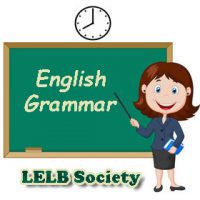
The assumption that L2 acquisition is constrained by processing represents the basis for several approaches to SLA. This view constitutes a basic assumption in work on L2 input processing (e.g., VanPatten, 1996) in research on L2 skill acquisition (e.g., McLaughlin et al., 1983; Levelt, 1978; McLaughlin, 1987; Hulstijn, 1990; Schmidt, 1992, as cited in Pienemann, 2002), in work on operating principles (e.g., Andersen, 1984), in the ‘competition model’ (e.g., Bates & MacWhinney, 1982), in Clahsen’s (1984) L2 processing strategies as well as in Pienemann’s (1998) work on processability.
Clahsen, Meisel and Pienemann (1981, as cited in Lightbown & Spada, 2006) studied the acquisition of German by a group of adult migrant workers who had little or no second language instruction. They concluded that the sequence of development for features of syntax and morphology was affected by how easy these were to process.

Ease of processing was found to depend to a large extent on the position of those features in a sentence. All learners acquired the features in the same sequence, even though they progressed at different rates.
Processability Theory
Pienemann’s Processability Theory is best seen as a development of the Multidimensional Model, as it also seeks to explain what is known about acquisitional sequences in terms of a set of processing procedures.
As Pienemann (2005, as cited in Ellis, 2008) put it “once we can spell out the sequence in which language processing routines develop, we can delineate those grammars that are processable at different points of development” (p. 2).
Formulaic Chunk
Wray (2000) defines formulaic sequence as:
A sequence, continuous or discontinuous, of words or other meaning elements, which is, or appears to be prefabricated: that is, stored and retrieved whole form memory at the time of use, rather than being subject to generation or analysis by the language grammar (p. 465).
According to Pienemann (2005), the architecture of human language processing forms the basis of Processability Theory. In this perspective, the language processor is seen with Kaplan and Bresnan (1982, as cited in Pienemann, 2005) as the computational routines that operate on the native speaker’s linguistic knowledge. Processability Theory primarily deals with the nature of those computational routines and the sequence in which they become available to the learner.
From this perspective, according to Pienemann (2005), “the task of acquiring a language includes the acquisition of procedural skills needed for the processing of the language”. In this response, “the sequence in which the target language unfolds in the learner is determined by the sequence in which processing routines develop which are needed to handle the TL’s components” (p. 2).
According to Glahn, Hakansson, Hammarberg, Holmen, Hvenekilde and Lund (2001), processability theory (PT) predicts that certain morphological and syntactic phenomena are acquired in a fixed sequence.
PT deals with the development, or emergence, of a learner grammar and spells out processing prerequisites that are posited as necessary for the acquisition of grammatical rules at different developmental stages, thereby establishing an acquisitional hierarchy. The acquisition process can be described as a gradual construction of a mental grammar in which each stage of development is built on the acquisition of the preceding stages (Glahn et al., 2001).

Pienemann (1998, 2005, as cited in Ellis, 2008) identified the following language generation processes:
- Word/lemma
- Category procedure (lexical category)
- Phrasal procedures (head)
- S-procedure and word order rule
- Matrix/subordinate clause
One important aspect of Processability Theory is the integration of developmental sequences with first language influence. Pienemann (1999, 2003, as cited in Lightbown & Spada, 2006) argues that his theory explains a widely reported phenomenon in second language acquisition: learners do not simply transfer features from their first language at early stages of acquisition.
Instead, they have to develop a certain level of processing capacity in the second language before they can use their knowledge of the features that already exist in their first language.
’Processability theory’ (Pienemann, 1995; Pienemann & Hakansson, 1995, as cited in Johnson & Pienemann, 1996) utilizes two theoretical components to achieve this goal: (1) Levelt’s (1989) skill-based approach to language production; and (2) Bresnan’s (1982) Lexical Functional Grammar with the intention of transferring the global view of skill automation into a productive research perspective.
As Pienemann (2008) has put, “PT is based on a universal hierarchy of processing procedures, which is derived from the general architecture of the language processor. This hierarchy is related to the requirements of the specific procedural skills needed for the TL” (P. 689).
Levelt’s Speech Model
Processability Theory (PT) uses components from Levelt’s speech model (Levelt, 1989, as cited in Ellis, 2003). Levelt’s model contains three principal processing components, hierarchically organized. Processing begins in the Conceptualizer. The speaker establishes a communicative goal.
Through macro-planning, this is broken down into a series of sub-goals and the information needed for realizing these is retrieved. Then through micro-planning, the propositional shape of each chunk of information to be communicated is assigned in accordance with the speaker’s information perspective.
Drawing on Levelt’s (1989, as cited in Ellis, 2008) Speech Production Model, Pienemann (2005, as cited in Ellis, 2008) proposed that language production, whether in the L1 or the L2, could only be explained with reference to a set of basic premises:
- Speakers possess relatively specialized processing components that operate autonomously and in parallel.
- Processing is incremental (i.e. a processor can start working on the incomplete outcome of another processor).
- In order to cope with non-linearity (i.e. the fact that a linguistic sequence does not match the natural order of events, students need to store grammatical information in memory, and thus it follows that.
- Grammatical processing must have access to a grammatical memory store, which is ‘procedural’ rather than ‘declarative’.
In Processability Theory, processing factors are implemented into Lexical/Functional Grammar, a grammatical theory which is based on the systematic utilization of a psychologically plausible operation: feature unification. This process has implications for syntax and morphology (Johnson & Pienemann, 1996).

Developmentally Modified Transfer Hypothesis (DMTH) is based on Processability Theory (PT) (Pienemann, 1998) and its extension (Pienemann et al., 2005), which also includes assumptions about the initial state, some of which are inferred from Lexical Mapping Theory, a component of Lexical-Functional Grammar (Bresnan, 2001, as cited in Hakansson & Pienemann, 2007).
Pienemann’s Processability Theory seeks to explain acquisitional sequences in terms of a set of processing procedures. The Processability Theory views acquisition in relation to L2 production. Pienemann identified a hierarchy of procedures, which are distinguished by the nature of the grammatical information that the learner needs to deposit and exchange in what Pienemann called ‘feature unification’ (Pienemann, 2005, as cited in Elder, Ellis, Erlam, Loewen, Philp & Reinders, 2009).
Skehan’s Processing Model of Aptitude
Skehan (2002, as cited in DeKeyser, 2007) proposes that the components of aptitude for instructed learning must be differentiated according to the SLA processing stage they correspond to. He identifies four broad stages: noticing the input, patterning the input to facilitate further analysis and generalizations, controlling the analyzed knowledge in production, and lexicalizing or variegating the patterns learnt to suit different communicative and situational contexts.
Piaget’s Cognitive Development
Pienemann’s PT has many things in common with Piaget’s Cognitive development in the sense that according to Burden and Williams (1997), “Piaget’s theory is based on learners passing through a series of stages” (p. 21). These stages are:
- The sensorimotor stage: when the young infant uses his basic senses to explore the environment.
- The initiative or pre-operational stage: When the child’s thoughts become more flexible and when memory and imagination begin to play a part.
- The concrete-operational stage: When the realization begins to dawn that operations can be reversed.
- The formal-operational thinking: When abstract reasoning becomes increasingly possible.
In this response, it is believed that, Pienemann’s PT is not in line with Krashen’s I + 1 and Vygotsky’s ZPD, which focuses on what learners can do with assistance at the present moment rather than what they are capable of independently (Ellis, 2008).
Teachability/Learnability

According to Pienemann (1989), the teachability of language is constrained by what the learner is ready to acquire. In terms of grammar, he believes that “every learner builds up his or her own grammar” (p. 53). In teaching settings like the ESL classroom, for most learners, the classroom is just one source of language learning, the other being the “unguided process of natural acquisition” (Pienemann, 1989, p. 53).
According to Pienemann (1989), “You can’t teach everything you want” (p. 57). He further continues that the acquisition process cannot be steered or modeled just according to the requirements or precepts of formal instruction. On the contrary, he argues that teaching per se is subject to some of the constraints which determine the course of natural acquisition.
This is technically referred to as Teachability Hypothesis (Pienemann, 1984, as cited in Pienemann, 1989). The Teachability Hypothesis predicts that instruction can only promote language acquisition if the interlanguage is close to the point when the structure to be taught is acquired in the natural setting (Pienemann, 1989).

According to Pienemann (1989), formal and natural L2 acquisition could well be different, given, for example, that elements and structures filtered out of formal input cannot be acquired. In addition, there may also be learning strategies which are exclusive to formal acquisition. Therefore, “the Teachability Hypothesis should hold just as well for purely formal contexts as it does for natural ones” (Pienemann, 1989, p. 63).
Criticism
Levelt (1989, as cited in 2003) recognizes that speech production does not proceed in a serial fashion but rather involves ‘incremental processing’, with the processes involved in a conceptualizing, formulating, and articulating a message running in parallel.

Logan (1988, as cited in Ellis, 2003) suggests that fluent speech is not based on the rapid computation of rules but through the retrieval of ready-made exemplars, which require minimal processing capacity because they are accessed as wholes. According to this view, then, language must be represented as an exemplar-based system, in part at least, because if it was not, normal fluent speech would be impossible.
According to Cook (2008), L2 learners not only have an interlanguage grammar, they have the same interlanguage grammar, regardless of the language they are learning.
Conclusion
Processability Theory claims to be a theory of language acquisition in that it proposes that the processing procedures are hierarchical and are mastered one at a time. As Pienemann (2005, as cited in Ellis, 2008) put it “it is hypothesized that processing devices will be acquired in their sequence of activation in the production process” (p. 13). Thus, the failure to master a low-level procedure blocks access to higher-level procedures and makes it impossible for the learner to acquire those grammatical features that depend on them.
The features of language processing utilized in Processability Theory are far more general in nature. They are related to the linearity of speech production, the depth of processing and the transfer of grammatical information (Pienemann, 1995; Pienemann & Hakansson,1995, as cited in Johnson & Pienemann, 1996).
According to Pienemann (2008), the logic underlying processability theory shows that “at any stage of development, the learner can produce and comprehend only those L2 linguistic forms which the current state of the language processor can manage. It is, therefore, crucial to understand the architecture of the language processor and the way in which it handles a second language” (p. 686).
References
- Burden, R. L., & Williams, M. (1997). Psychology for language teachers: a social constructivist approach. Cambridge: Cambridge University Press.
- Cook, V. (2008). Second language learning and second language teaching. London: Hodder Education, Inc.
- DeKeyser, R. M. (2007). Practice in a second language: Perspectives from applied linguistics and cognitive psychology. Cambridge: Cambridge University Press.
- Elder, C., Ellis, R., Erlam, R., Loewen, S., Philp, J., & Reinders, H. (2009). Implicit and explicit knowledge in second language learning, testing and teaching. Bristol: Short Run Press, Ltd.
- Ellis, R. (2003). Task-based language learning and teaching. Oxford: Oxford University Press.
- Ellis, R. (2008). The study of second language acquisition. Oxford: Oxford University Press.
- Glahn, E., Hakansson, G., Hammarberg, B., Holmen, A., Hvenekilde, A., & Lund, K. (2001). Processability in Scandinavian second language acquisition. SSLA, 23, 389–416. doi:10.1017/S0272263101003047
- Hakansson, G., & Pienemann, M. (2007). Response article full transfer vs. developmentally moderated transfer: A reply to Bohnacker. Second Language Research, 23(4), 485-493. doi:10.1177/0267658307080332
- Johnson, M., & Pienemann, M. (1996). A brief history of processing approaches to SLA: Reply to Mellow. Second Language Research, 12(3), 319-334. doi:10.1177/026765839601200304
- Lightbown, P. M., & Spada, N. (2006). How languages are learned. Oxford: Oxford University Press.
- Pienemann, M. (1989). Is language teachable? Psycholinguistic experiments and hypotheses. Applied Linguistics, 10(1), 52-79. doi:10.1093/applin/10.1.52
- Pienemann, M. (2002). Issues in second language acquisition and language processing. Second Language Research, 18(3), 189–192. doi:10.1191/0267658302sr208xx
- Pienemann, M. (2005). An introduction to processability theory. In M. Pienemann (Ed.), Cross-linguistic aspects of processability theory (pp. 1-60). Amsterdam: John Benjamins.
- Pienemann, M. (2008) Language processing capacity. In C. J. Doughty & M. H. Long (Eds.), The handbook of second language acquisition (pp. 689-716). Malden, MA: Blackwell. doi:10.1002/9780470756492.ch20
- Wray, A. (2000). Formulaic sequences in second language teaching: Principle and practice. Applied Linguistics, 21(4), 463-489. doi:10.1093/applin/21.4.463
How to cite this article in APA style?
Hariri Asl, M. H. (2023). Processability theory in SLA best explanation & practices. LELB Society, https://lelb.net/processability-theory-in-sla/
